Ruchira delves into the antiquity of perfumes and fragrances, exclusively for Different Truths.

The word spells class, an epitome of lavish lifestyles, haute couture, not forgetting pleasures of the senses.
A rewind of history. The word perfume is rooted in the Latin word perfumare, meaning to smoke through. The Egyptians were familiar with the commodity around 2000 BC. During burial ceremonies they would offer incense (a form of perfume) believed to be the sweat of deities. Even in that hoary past, perfume or fragrance had multiple applications. Basic aromatic resins were burnt on altars during ritual worship. Chinese women collected aromatic grasses to be used in fertility rites. Courtiers of Egyptian Pharaos were known to don wigs, scented derivatives of Lilies. High society women enjoyed perfuming their bodies with floral extracts and essences.
As per historical records the world’s first chemist was a Mesopotamian woman named Tapputi (circa:1200 BC). She was a perfume maker and wielded considerable clout in the corridors of power. An ancient chronicle mentions that a chest of perfumes invariably accompanied Alexander the Great on his numerous campaigns during the 4th century BC. Interestingly, the great conqueror reportedly exuded a natural odour of musk – which women found irresistible. The Bible (Exodus 30:22-33) describes a sacred potion comprising liquid myrrh, fragrant cinnamon, cane, and cassia. Its use was limited solely to priests. The legendary queen Cleopatra was wont to douse herself in clouds (read vapours) of incense!
The subcontinent did not lag in this aspect either. Archaeologists discovered several terracotta distillation apparatus and oil containers amidst the ruins of the civilisation. Later Hindu Ayurvedic texts e.g Charaka Samhita and Sushruta Samhita contain copious references to the process of distillation, a sine qua non for perfume manufacturing. Brihat-Samhita written by the renowned Ujjain-based scholar Varāhamihira, refers to fragrances exclusively meant for royal individuals.
During the heydays of the Arab Empire in West Asia, perfumes/essences became a part and parcel of daily life including worship. By way of their conquests and trade relations with other lands, the Persian and Arabs acquired, learnt usage (and cultivated) of a wide range of substances: musk, amber, rose, jasmine, expensive wood, citrus fruits, ambergris et al. These gradually found extensive application in perfumes and fragrances. In the 7th century AD Baghdad was the fountainhead of perfume trade – boasting of fifty perfume shops and nearly hundred public baths whose waters were perfumed for users’ comfort. By the 13th century, perfume emerged as a major industry in the Middle East. Little wonders, therefore, that in Arabia, has always been hailed as the ‘Land of Perfumes’. Remember the oft-quoted line “All the perfumes of Arabia will not sweeten this little hand” (Lady Macbeth in Shakespeare’s play Macbeth)?
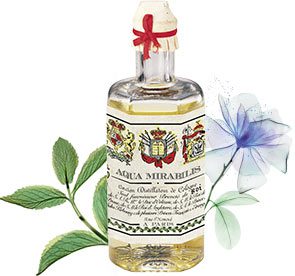
Around the 14th century, perfume’s journey to Europe was
In the 17th and 18th century France perfumes were
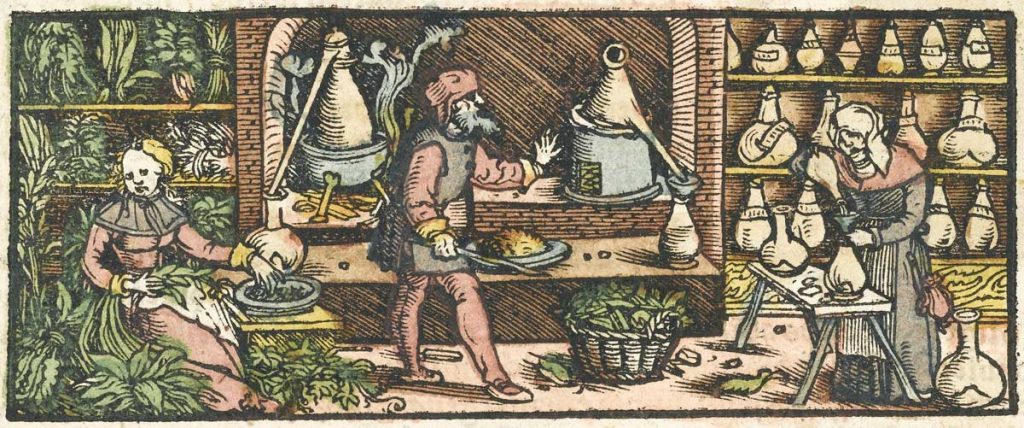
Fast forward to modern times, the best perfumes used worldwide today are churned out by couturiers based in France and/or Italy. On a personal note, Christian Dior ‘s “Poison”tops the charts. The heart shaped amethyst vial is indeed a feast to the eyes! Chanel No 5 by Coco Chanel is another perennial delight. Ditto for the Yves Saint Laurent range including. “Opium” which set your pulses (and hearts too) racing. Apart from these designer ranges the fragrance under the banner of Avon (USA) are delightful too! As a teenager I freaked out on “Roses, Roses” and “Country Breeze”. For all I know they might be defunct now. I must wind up by mentioning Paloma Picasso – a loving daughter’s glowing tribute to her legendary artist father! Yes, her father was none other than Salvador Dali, the eccentric Genius. Paloma’s catch line was: For the Bold & Beautiful Women!
©Ruchira Adhikari Ghosh
Photos from the Internet
#HistoryOfPerfume #Perfume #EaudeCologne #Fragrance #HowPerfumewasmade #SliceOfLife #DifferentTruths

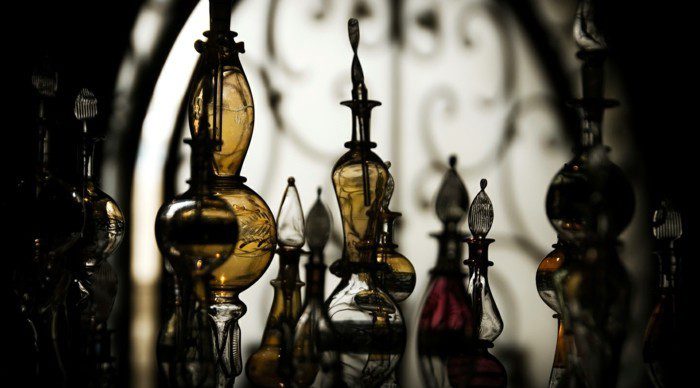

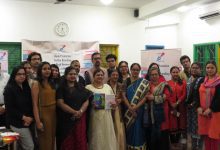
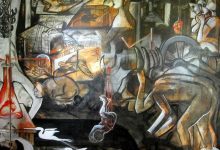

 By
By
 By
By
 By
By